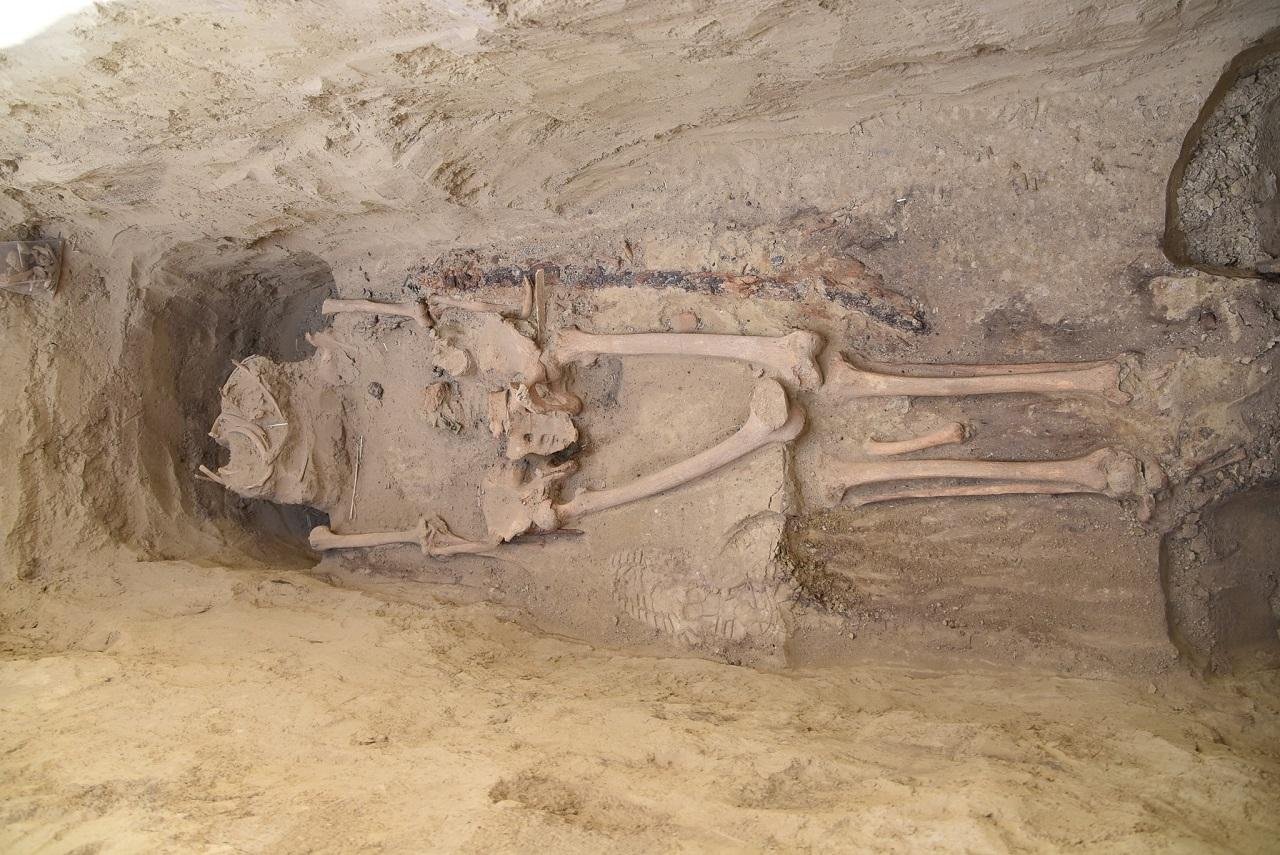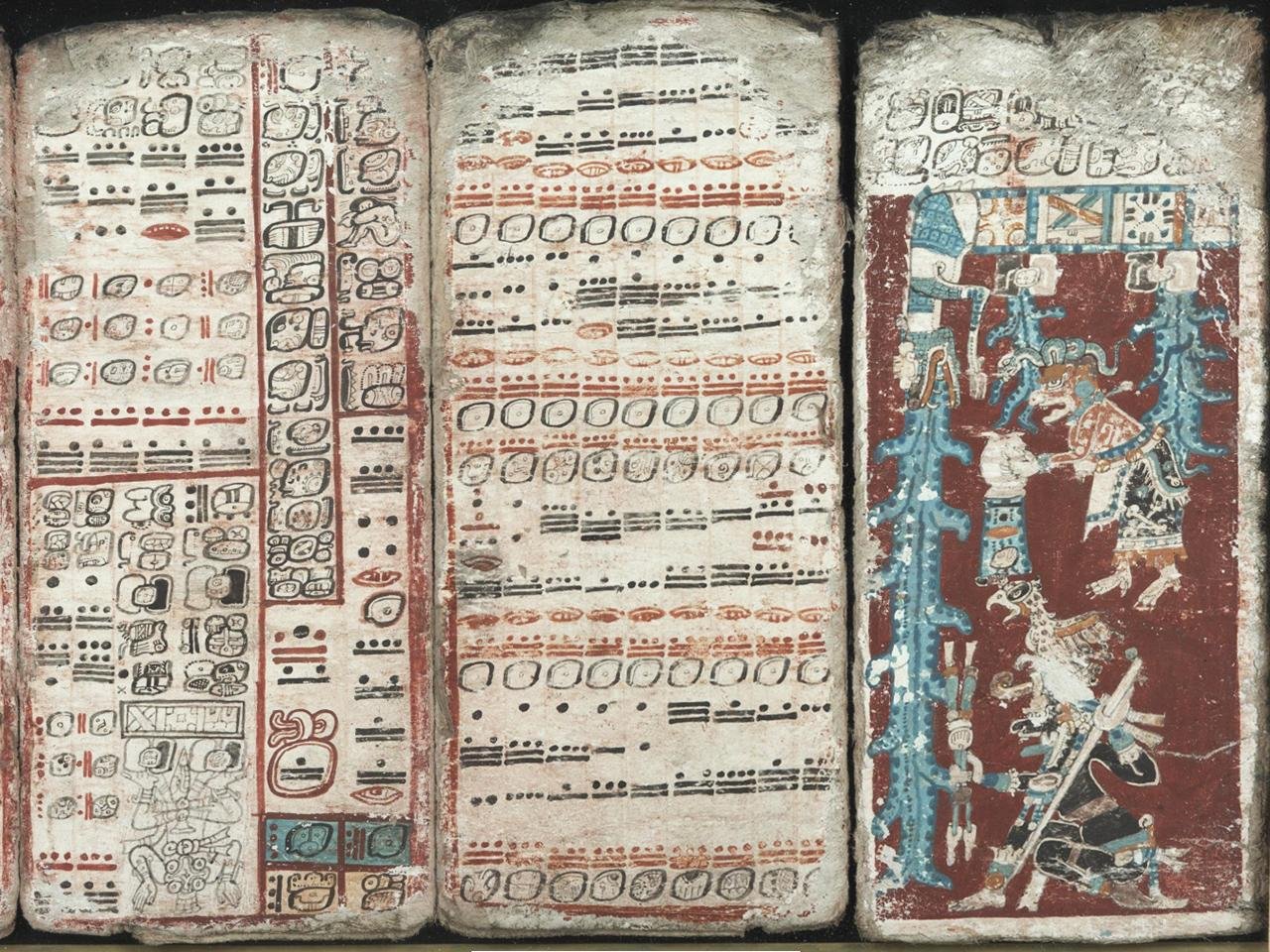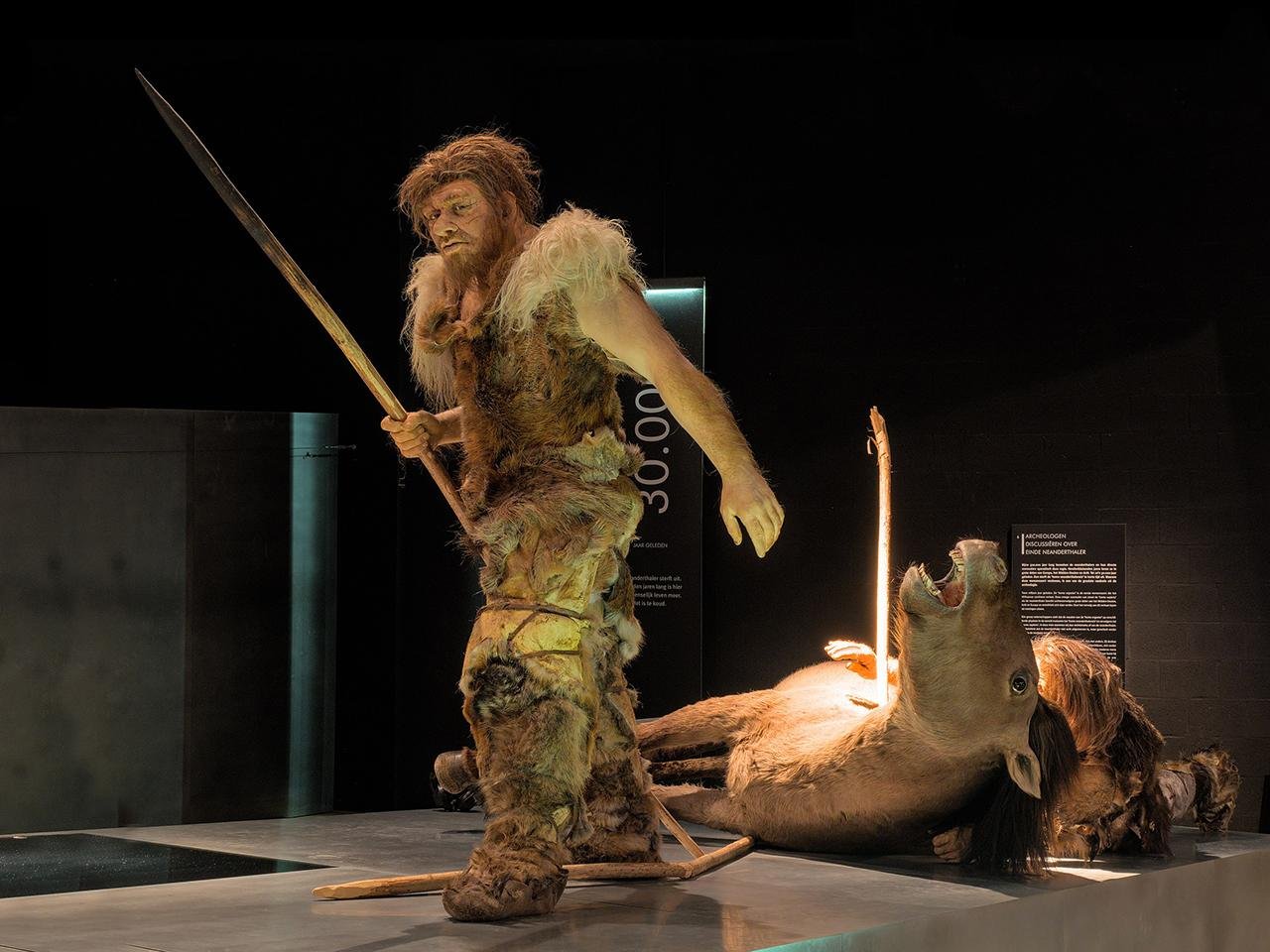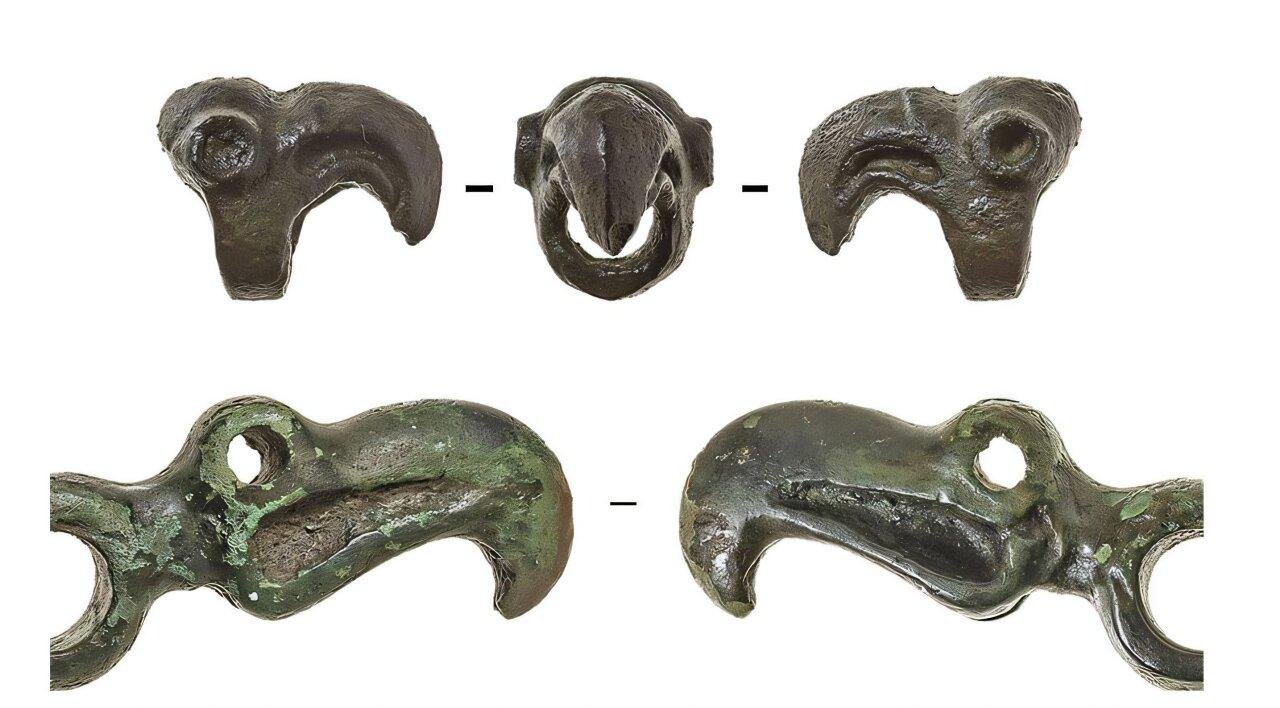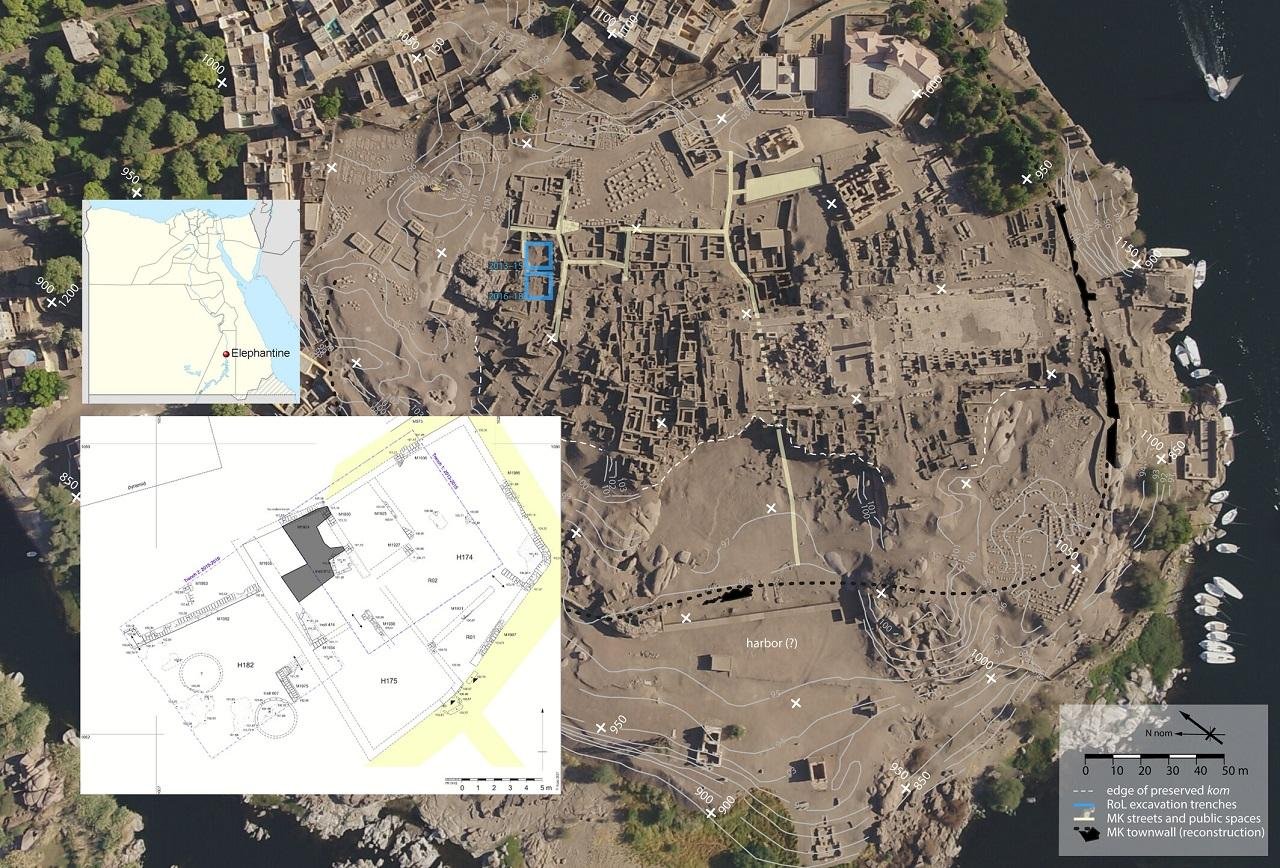Archaeological evidence is contradicting centuries of tradition by proposing that Khirbet Qana, not the centuries-honored Kafr Kanna, could be the true location where Jesus Christ performed his first miracle, in which, as reported in the Gospel of John, he turned water into wine at a wedding feast in Cana of Galilee.
 Painting of the first miracle; The transformation of water into wine at the Wedding at Cana is the first miracle attributed to Jesus in the Gospel of John. Credit: Dennis Jarvis / CC BY-SA 2.0
Painting of the first miracle; The transformation of water into wine at the Wedding at Cana is the first miracle attributed to Jesus in the Gospel of John. Credit: Dennis Jarvis / CC BY-SA 2.0
The excavation at Khirbet Qana, a site located about 12 kilometers northwest of Nazareth in the Galilee region of Israel, began back in 1998 under Professor Douglas Edwards and is now led by Dr. Tom McCollough, who taught religion and history at Centre College until 2017. Speaking to Pen News, McCollough explained that the site provides “compelling evidence” to support the biblical account.
Khirbet Qana was a Jewish village between 323 BCE and 324 CE. Excavations uncovered a series of underground worship spaces that were used by early Christians. The caves, spanning from the Byzantine period to the Crusader era (around the 5th to 12th centuries), include crosses carved on walls, inscriptions in Greek referencing “Kyrios Iesou” (Lord Jesus), and signs of veneration activity—unequivocal indicators of early Christian pilgrimage.
One of the chambers in the cave complex held an altar constructed from an overturned lid of a sarcophagus. Above the altar was a shelf with one large stone vessel and space for five others, matching the Gospel description of six stone jars that were used for ceremonial washing, each with a capacity of 20 to 30 gallons. Jesus instructed servants to fill up the jars with water, then he transformed it into wine, according to the Gospel of John.
 Khirbet Qana. An underground water hole for collecting rainwater. Credit: Owenglyndur / CC BY 4.0
Khirbet Qana. An underground water hole for collecting rainwater. Credit: Owenglyndur / CC BY 4.0
“The pilgrim texts we have from this period that describe what pilgrims did and saw when they came to Cana of Galilee match very closely what we have exposed as the veneration complex,” McCollough told Pen News. He added, “There is no other village that has the ensemble of evidence that presents such a persuasive case for Khirbet Qana.”
The site also contains physical artifacts of a Jewish cultural presence during Jesus’ time, including a Beit Midrash (Jewish house of study) from the Roman period and coins from the Maccabean revolt.
 Church of the Wedding in Kafr Kanna. Credit: Berthold Werner
Church of the Wedding in Kafr Kanna. Credit: Berthold Werner
While Kafr Kanna, just five kilometers northeast of Nazareth, has been accepted for centuries as the biblical Cana, partly because of the Church of the Wedding and its accessibility to pilgrims, archaeologists have found no conclusive evidence of a Roman-era Jewish settlement there.
These findings not only introduce new data regarding the life of Jesus and the early Christian community, but also challenge conventional ᴀssumptions regarding sacred locations. McCollough concluded that “these discoveries warrant at least a reconsideration of the historical value of John’s references to Cana and Jesus.”
